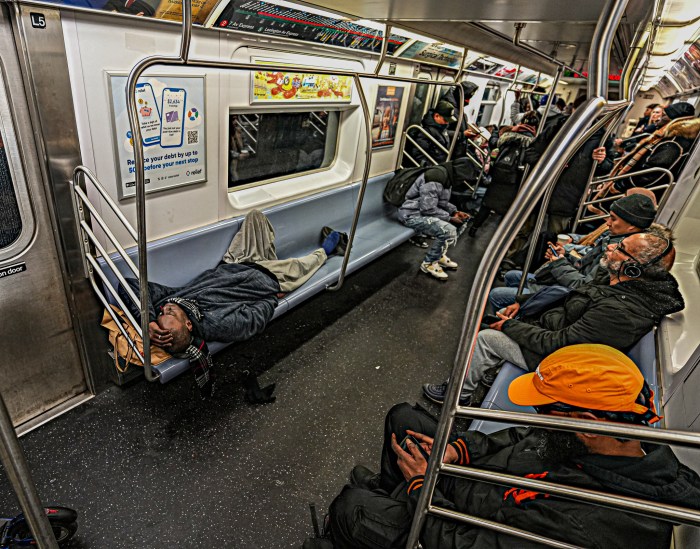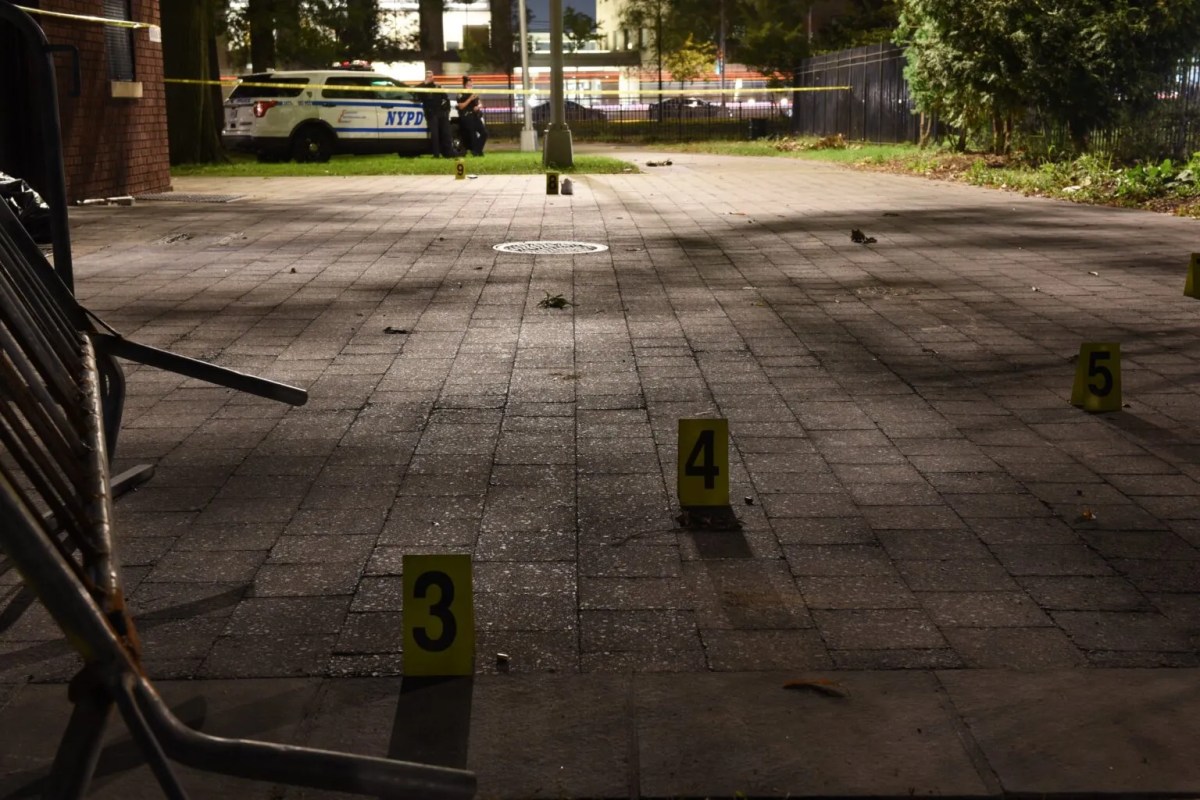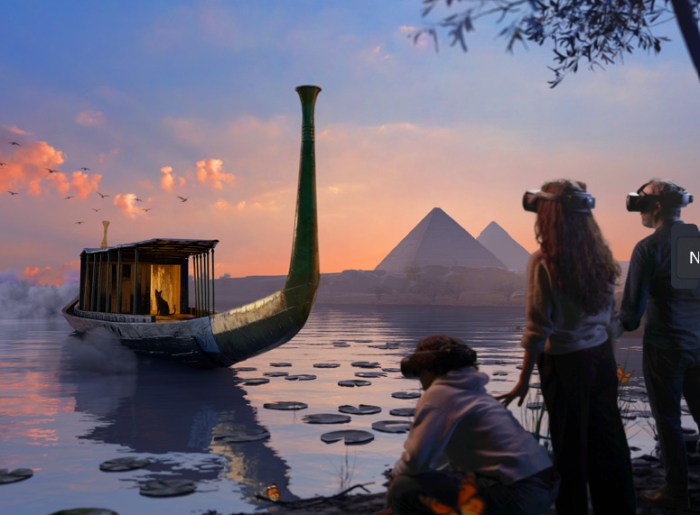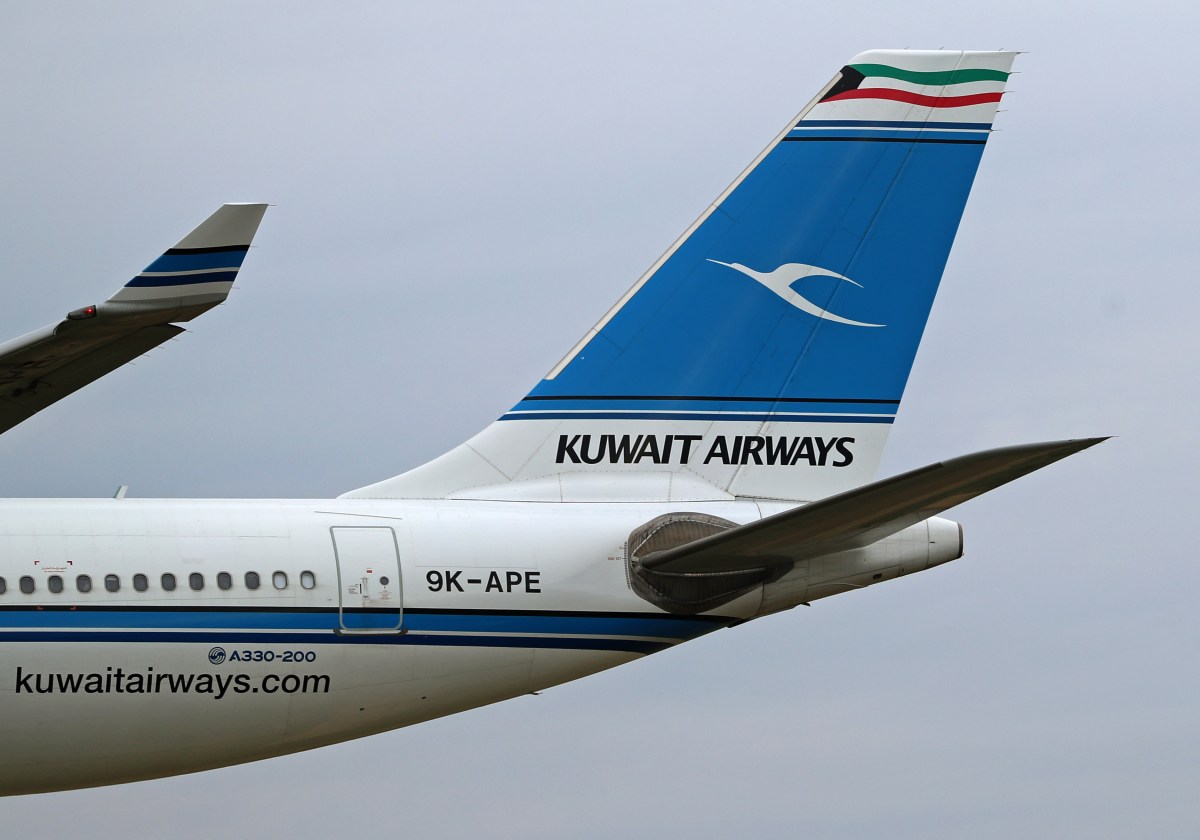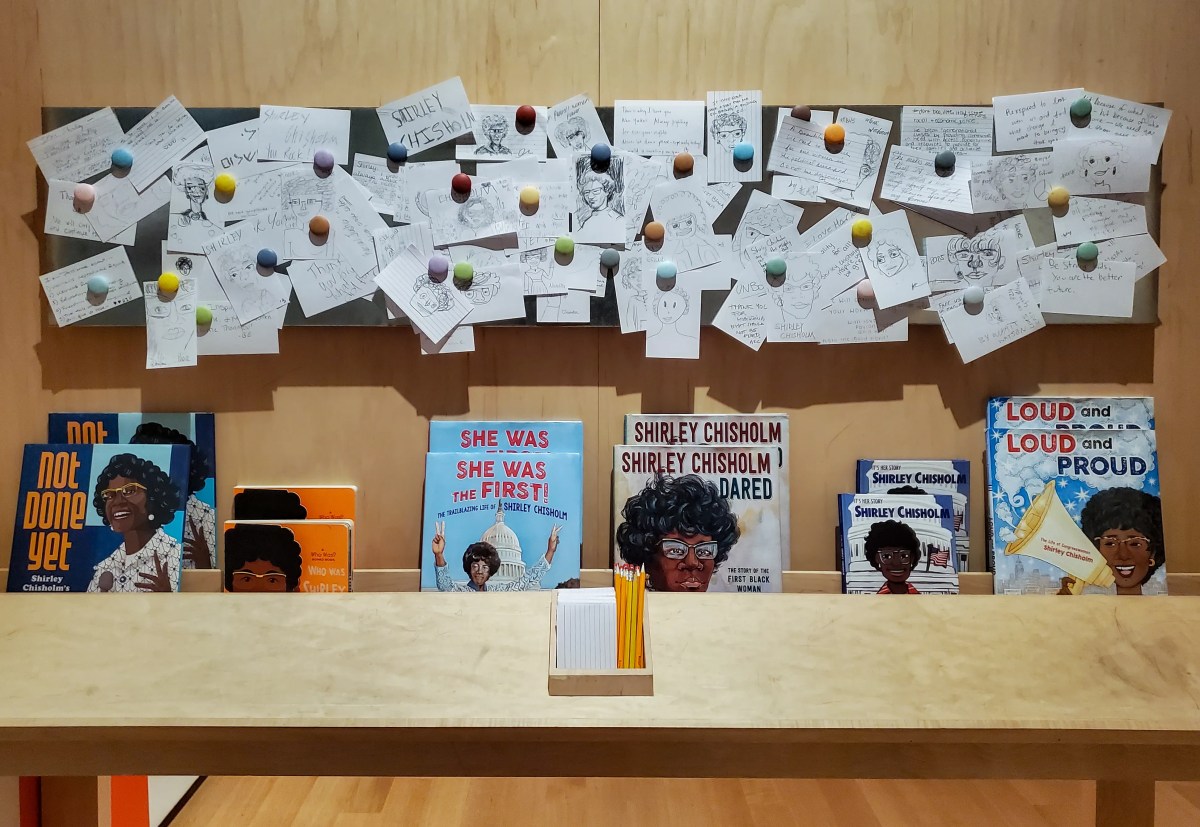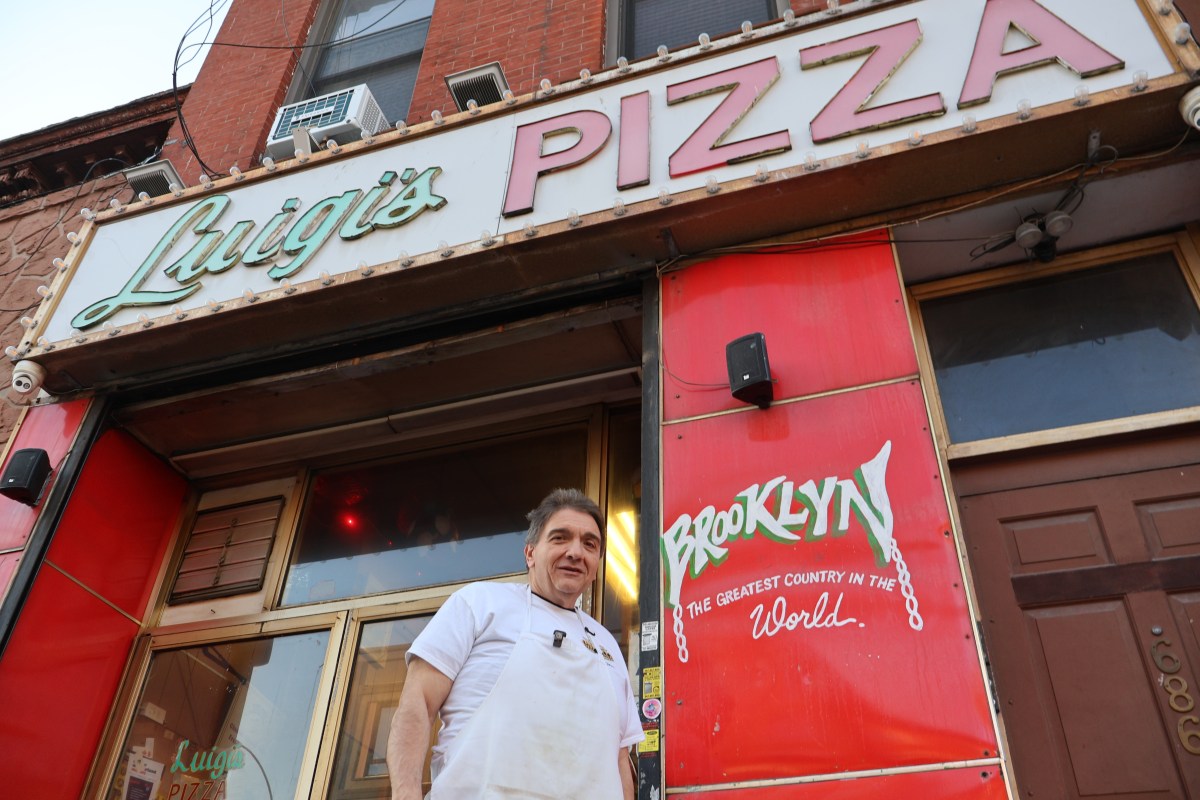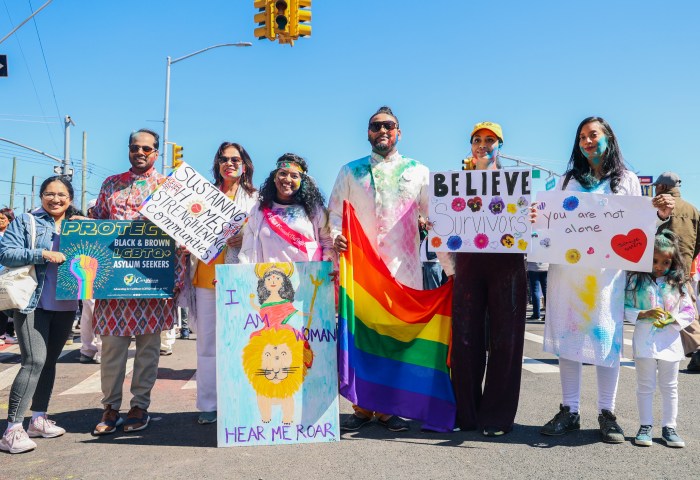
Every Dec. 31, about a million people fill Times Square to watch the famous, glittering ball drop during the last 30 seconds of the year.
Despite the frequently frigid winter weather, they stand outside for hours from 34th up to 59th streets, between Seventh and Eighth avenues, to experience the dawn of a new year at the “Crossroads of the World.”
But Tim Tompkins, president of the Times Square Alliance, says the event is about much more than partying.
“It’s about reflection, which is about looking back over the year that just passed, losing great people like Mandela, but also new people coming into our lives,” said Tompkins.
“And then it’s also about renewal and hope and looking forward with the sense of starting anew, and for some people that’s a New Year’s resolution and for other people it’s about just a sense of hope for the future even though the past may have been tough.”
And at the center of all is the famed giant, glowing ball.
So where does this ball come from? Who makes it, what is it made of, and how did the tradition start?
Have a look at our history of the ball drop — and don’t forget to make a wish for the New Year, no matter where you’re celebrating:
1903 New York Times owner Adolph Ochs orchestrates a midnight fireworks show to commemorate the paper’s new headquarters at One Times Square.
1907 After Ochs is warned by the city that his annual fireworks display has to stop, he goes for a bigger spectacle for the newly-named Times Square. A 700-pound, five-foot-in-diameter iron ball adorned with 25-watt light bulbs is lowered from the flagpole on the roof of the building at 11:59 p.m. on Dec. 31.
1920 The original ball is replaced with a 5-foot, 400-pound hollow wrought-iron ball.
1942-43 The ball drop is canceled due to wartime light “dimouts.”
1955 The iron ball is replaced with a 150-pound aluminum ball.
1981-88 Red and green light bulbs in the shape of an apple and stem are added to the ball for the “I Love New York” marketing campaign.
1995-98 Ball is given aluminum skin, rhinestones, strobe lights and computer controls.
2000 For the millennium celebration, a 1,070-pound, six-foot-in-diameter ball featuring 504 Waterford Crystal triangles illuminated by 168 halogen exterior light bulbs debuts. Inside, there are 432 clear, red, blue, green and yellow bulbs, strobe lights and mirrors. The 24-hour millennial celebration attracts reportedly the largest crowd of any New Year’s Eve in Times Square’s history.
2007 To celebrate the event’s 100th anniversary, Waterford Crystal and Philips Lighting debut a new crystal LED ball. It has a diameter of six feet, weighs 1,212 pounds and uses LEDs and computerized light patterns to produce more than 16.7 million colors.
2010 A million people gather for the Times Square celebration despite New York City getting pummeled with 20 inches of snow in a record-breaking blizzard on Dec. 30th.
2009-2013 The current ball is 12 feet in diameter, weighing nearly six tons. It has 2,688 Waterford Crystal triangles that are lit up by 32,256 Philips Luxeon LEDs. To accommodate the huge ball, the flagpole is extended to 130 feet, and now rises about 475 feet above the street.



